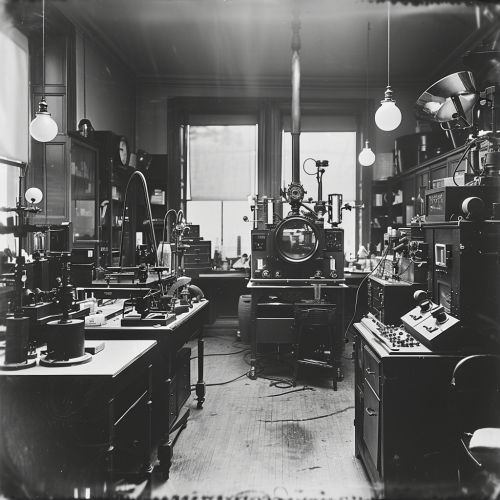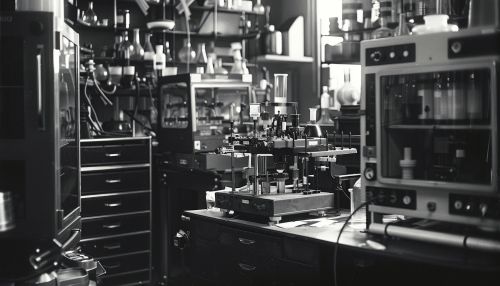Ernest Orlando Lawrence
Early Life and Education
Ernest Orlando Lawrence was born on August 8, 1901, in Canton, South Dakota. He was the eldest of Carl Gustavus and Gunda Jacobson Lawrence's six children. His father was a superintendent of Canton's public schools, and his mother was a former schoolteacher. Lawrence's interest in science was sparked at a young age, and he was particularly fascinated by electricity.
Lawrence attended St. Olaf College in Minnesota for a year before transferring to the University of South Dakota. He graduated in 1922 with a Bachelor of Arts degree in Chemistry. He then pursued his graduate studies at the University of Minnesota, where he earned his Master's degree in Physics in 1923. Lawrence continued his studies at the University of Chicago under the guidance of renowned physicist Robert A. Millikan. He received his Ph.D. in Physics in 1925.


Career and Research
After completing his Ph.D., Lawrence accepted a position as an associate professor of physics at Yale University. During his time at Yale, he conducted research on photoelectric phenomena and the theory of space charge. In 1928, Lawrence was appointed as an associate professor of physics at the University of California, Berkeley. He was promoted to full professor in 1930.
Lawrence's most significant contribution to the field of physics was the invention of the cyclotron, a type of particle accelerator. The cyclotron was a revolutionary device that could accelerate particles to high energies in a circular path. This invention opened up new possibilities in the field of nuclear physics and led to significant advancements in medical and industrial applications.
Lawrence's work on the cyclotron earned him the Nobel Prize in Physics in 1939. He was the first scientist from the University of California to receive this prestigious award. Lawrence continued his research on nuclear physics and particle acceleration throughout his career. He played a crucial role in the development of the Manhattan Project, the U.S. government's secret project to develop the atomic bomb during World War II.
Personal Life and Legacy
Lawrence married Mary Kimberly Blumer in 1932. They had six children together. Despite his busy career, Lawrence was known to be a devoted family man. He passed away on August 27, 1958, due to complications from an ulcer.
Lawrence's legacy in the field of physics is significant. His invention of the cyclotron revolutionized nuclear physics and paved the way for numerous scientific advancements. The Lawrence Berkeley National Laboratory and the Lawrence Livermore National Laboratory were named in his honor. His contributions to science and his dedication to research continue to inspire physicists around the world.
